
Arizona consistently produces the highest yields and quality of crops found anywhere. This is due to the skill and expertise of Arizona farmers and the management of the valuable natural resources that we depend on, which includes the soil, water, and climate we have in this region. Soil serves as the foundation of the agricultural systems that we all depend on. In agriculture, we recognize that healthy soil translates to healthy crops and farms (Brady and Weil, 2008 and Parikh and James, 2012).
There are three primary aspects of soil systems that are important in healthy soil function that include physical, chemical, and biological factors (Figure 1). These three aspects are of soil systems operate in an integrated manner, but we can consider them individually, beginning with the soil physical properties.
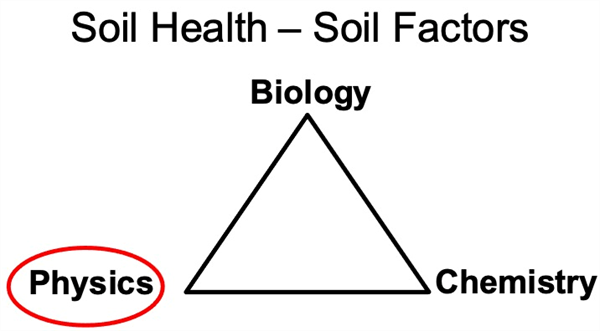
Figure 1. Soil health factors and physical properties.
Soil Texture
Soil texture determines the coarseness or fineness of a soil (Figure 2). Soil texture is defined by the relative proportions of sand, silt, and clay particles (Figures 3 and 4). The soil particles are defined by diameter size with sand (0.05–2.0 millimeters (mm)), silt (0.002–0.05 mm), and clay (less than 0.002 millimeters or the 2-micron (µ) fraction (10-6 m)).
Soil texture is a product of the geologic process of basic parent materials weathering, both physically and chemically, over long periods of time in each location making soil texture a prominent characteristic of any field or location. Soil texture cannot be changed in a practical manner, but we can utilize appropriate management practices suited for soils of varying textures.
Particles that are larger than 2 mm, such as rock fragments (pebbles, cobbles, stones, and boulders), are not considered in defining the soil textural class because they are relatively inert or non-reactive.
Soil particles provide the basic building blocks of the soil system and structure. The pore spaces between the particles and soil aggregates are extremely important since that is where most physical, chemical, and biological processes take place.
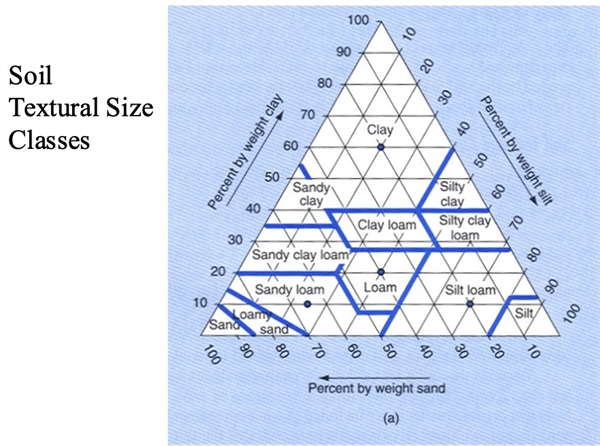 Figure 2. Soil textural triangle.
Figure 2. Soil textural triangle.
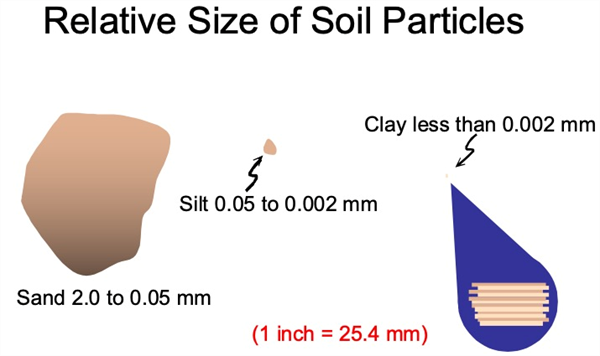
Figure 3. Relative size of soil particles.
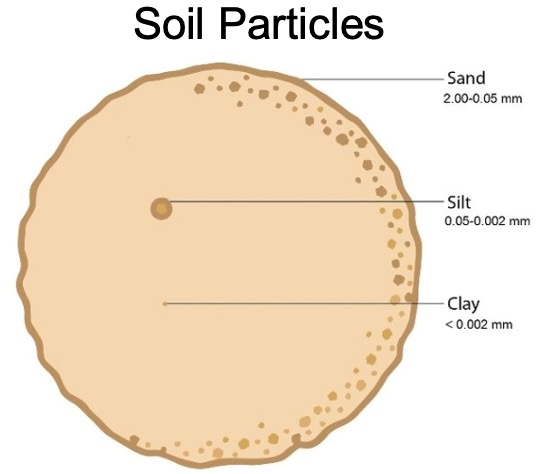
Figure 4. Proportional relationship of soil particles.
Aggregation
Soil particles provide the basic building blocks of the soil physical structure, but the way soil particles are assembled in clumps or aggregates. Aggregation is basically the arrangement of primary soil particles (sand, silt, clay) which are bound by soil organic matter and through other forms of particle interactions and associations. Aggregate stability is a good indicator of soil health.
As a result of the aggregation of soil particles, the sizes of soil pores can vary tremendously. The proportion of large, medium, small, and very small pore spaces in soils govern the important processes of water and air movement. In addition, soil pores provide the spaces where soil organisms and plant roots live, grow, and function.
Clay and finer textured soils (generally, soil textures in the upper ½ of the textural triangle) have smaller soil particles and aggregate structure that contribute to small pore spaces (often less than 0.002 mm or 2 µ). In contrast, sandy soils are dominated by pores that are larger (macropores). As a result, finer textured soils with high silt and clay content will have much higher surface areas within in given soil volume (Figure 5) and are more reactive physically and chemically.
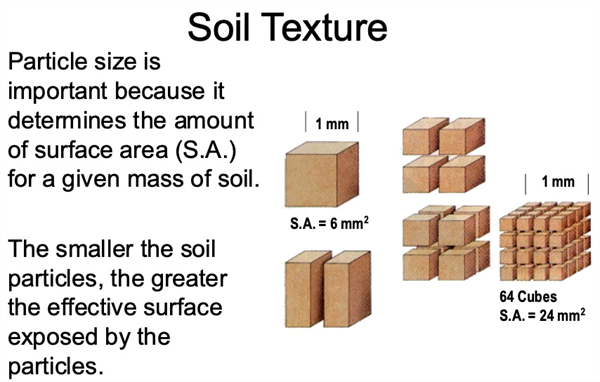
Figure 5. Soil particle size and surface area relationships.
We can see and feel soil aggregates when we pick up a handful of soil and see the clumps or pieces of soil, which are the soil aggregates. Soil aggregates consist of soil particles of varying sizes that are held together by both the attraction of soil particles and the binding capacity of organic matter between soil particles. There are several general types of common soil aggregates (Figure 6).
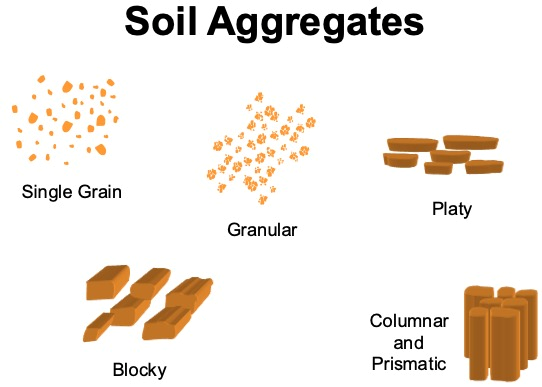
Figure 6. Examples of soil aggregates.
Soil Structure
Aggregates provide a very important function of soil structure. Aggregates also serve to hold and supply organic matter in soil; however, they also have structural functions. Soil aggregate structures provide large and small pores with large soil pores allowing faster water infiltration into the soil. Smaller soil pores provide the capacity of soil to hold more plant-available water. A healthy soil will have a good soil structure, often recognized in the field as good soil “tilth”.
Poor soil structure, due to a breakdown of soil aggregation and the dispersion of individual soil particles can be a problem for water infiltration into a soil. We can often see this in the field with soil crusting surface compaction (Figure 7a and 7b), which can also be symptom of high sodium (Na) concentrations in the soil.
Consequently, soil structure is critical to our efforts to manage soil salinity since we need good water infiltration and percolation to accomplish adequate soil leaching to remove soluble salts from the crop root zone (Figure 8).
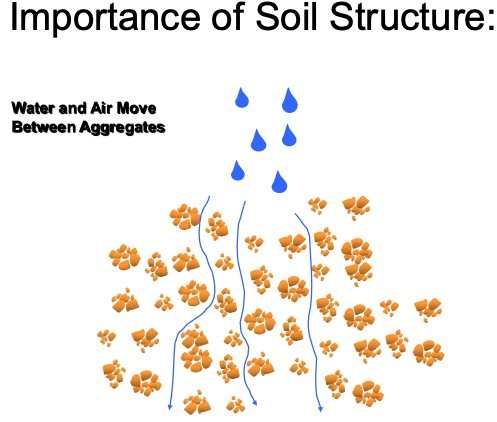
Figure 7a. Importance of good soil structure.
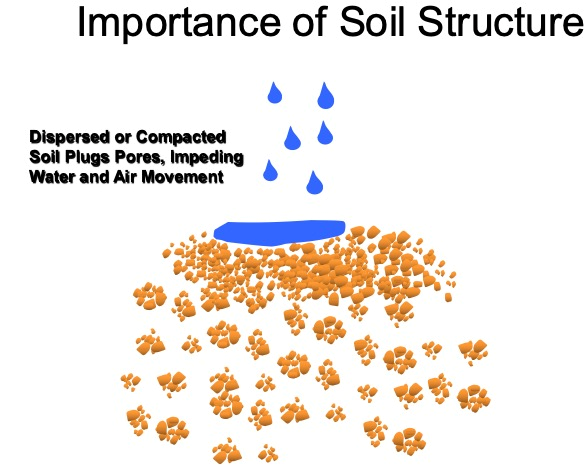
Figure 7b. Example of unfavorable soil structure, such as a dispersed or
compacted soil structure.

Figure 8. Good soil structure and the relationship to leaching
capacity in a soil.
Soil health is affected by several factors including the physical, chemical, and biological properties of the soil system (Figure 1). Of the physical soil properties, aggregation and structure are two of the most important factors affecting soil health. Soil texture, aggregation, and structure are all inter-related and provide a strong influence on the environment that plants deal with in the field. These soil characteristics impact root development as well as water and air movement in soil. Managing soils to enhance these physical properties of aggregation and structure can be a real benefit for soil health and crop production systems.
References:
Brady, N.C. and R.R. Weil. 2008. The Nature and Properties of Soils, 14th ed. Prentice Hall: Upper Saddle River, NJ. Parikh, S. J. and B.R. James. 2012. Soil: The Foundation of Agriculture. Nature Education Knowledge 3(10):2
https://www.nature.com/scitable/knowledge/library/soil-the-foundation-of-agriculture-84224268/#
Frost and freeze damage affect countless fruit and vegetable growers leading to yield losses and occasionally the loss of the entire crop. Frost damage occurs when the temperature briefly dips below freezing (32°F).With a frost, the water within plant tissue may or may not actually freeze, depending on other conditions. A frost becomes a freeze event when ice forms within and between the cell walls of plant tissue. When this occurs, water expands and can burst cell walls. Symptoms of frost damage on vegetables include brown or blackening of plant tissues, dropping of leaves and flowers, translucent limp leaves, and cracking of the fruit. Symptoms are usually vegetable specific and vary depending on the hardiness of the crop and lowest temperature reached. A lot of times frost injury is followed by secondary infection by bacteria or opportunist fungi confusing with plant disease.
Most susceptible to frost and freezing injury: Asparagus, snap beans, Cucumbers, eggplant, lemons, lettuce, limes, okra, peppers, sweet potato
Moderately susceptible to frost and freezing injury: Broccoli, Carrots, Cauliflower, Celery, Grapefruit, Grapes, Oranges, Parsley, Radish, Spinach, Squash
Least susceptible to frost and freezing injury: Brussels sprouts, Cabbage, Dates, Kale, Kohlrabi, Parsnips, Turnips, Beets
More information:
Last month, we investigated the use of applying steam to the soil to control weeds in baby leaf spinach. In the study, we utilized the prototype steam applicator described in previous UA Veg IPM articles to inject steam into the soil prior to planting. The concept is to heat the soil to levels sufficient to kill soilborne pathogens and weed seeds (140 °F > 20 minutes). The device is principally comprised of a 63 BHP steam generator mounted on an elongated bed shaper (Fig. 1a). The apparatus applies steam via shank injection and from rectangular ports on top of the bed shaper. After cooling (< ½ a day), the crop is planted into the disinfested soil.
In the trial, the unit’s bed shaper (84” wide) was outfitted with twenty-four steam injection shanks positioned to inject steam into the soil at a depth of about 2” (Fig. 1b,1c). Six injectors were in a rank towards the front of the bed shaper with each injector spaced about 10.4” apart. Three additional ranks of 6 injectors, also with 10.4” injector spacing, were positioned behind the first rank. Ranks of injectors were offset such that the spacing between injectors across the frontal cross-section of the bed shaper was 2.6”. Travel speed was 0.20 mph.
Results showed that steam treatment provided very good control of broadleaf weeds (89%) and moderate control of grassy weeds (65%) (Table 1, Fig. 3). Combined, overall weed control was 80%. The predominant species at the site were nettleleaf goosefoot, thumble pigweed, ground cherry, common purslane and junglerice. Although weed densities were still high in the steam treated plots (1.8 weeds/ft2), hand weeding times were reduced by a factor of 5 as compared to the untreated control.
Work rates and fuel costs were considered marginally acceptable at 0.14 ac/hr and $597/ac, respectively. However, it is estimated that travel speed can be increased by 50% by operating the device when initial soil temperatures are high (>130 °F) as compared to this study where soil temperatures were moderate (110 °F) since much less heat energy is needed to raise soil temperatures to target levels. If a 50% increase in travel speed were realized, work rate would be improved to 0.20 ac/hr (5 hr/ac) and fuel costs would be about $400/ac. These values are very reasonable and show good potential for use of the technique in spinach or spring mix crops where costs for hand weeding are very high. Later this summer, we plan to conduct trials in high temperature soils to determine the maximum travel speeds that can be utilized for effective weed control using steam.
If you are interested in soil steaming and would like a demo or to evaluate the machine on your farm, please let me know. I would be happy to collaborate with you.
Acknowledgements
This work is supported by the Arizona Specialty Crop Block Grant Program and the Crop Production and Pest Management grant no. 2021-70006-35761 /project accession no. 1027435 from USDA-NIFA. We appreciate their support. Any opinions, findings, conclusions, or recommendations expressed in this publication are those of the author(s) and do not necessarily reflect the view of the U.S. Department of Agriculture.
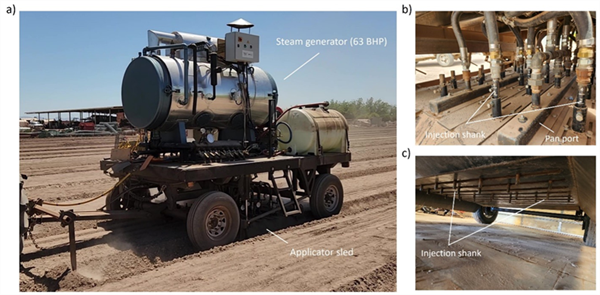
Fig. 1. a) Band-steam applicator principally comprising a 63 BHP steam generator
mounted on a bed-shaper applicator sled. Steam applicator sled b) top view and
c) bottom view.
Table 1. Weed density and control of weeds with soil applied steam in baby leaf spinach trial.

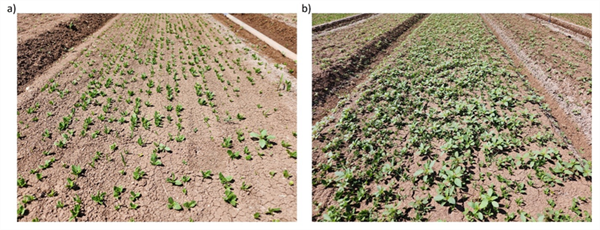
Fig. 3. Weed control with steam in spinach. Steam was applied to the soil at a 2”
depth via shank injection prior to planting (a) and untreated control (b).
Results of pheromone and sticky trap catches can be viewed here.
Corn earworm: CEW moth counts remain at low levels in all areas, well below average for this time of year.
Beet armyworm: Trap increased areawide; above average compared to previous years.
Cabbage looper: Cabbage looper counts decreased in all areas; below average for this time of season.
Diamondback moth: DBM moth counts decreased in most areas. About average for this time of the year.
Whitefly: Adult movement beginning at low levels, average for early spring.
Thrips: Thrips adult counts reached their peak for the season. Above average compared with previous years.
Aphids: Aphid movement decreased in all areas; below average for late-March.
Leafminers: Adults remain low in most locations, below average for March.